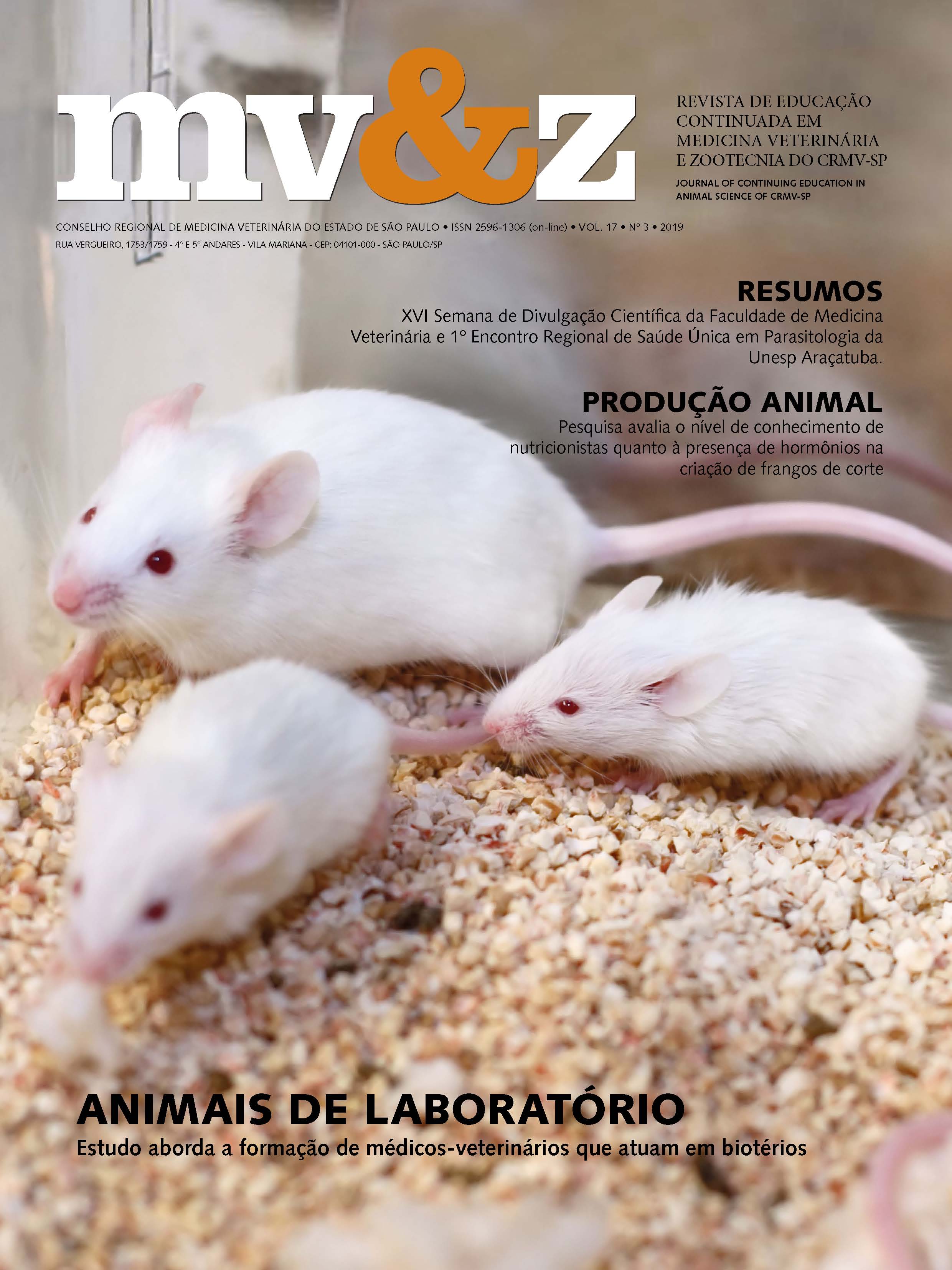Hemoparasites and hemotropic bacteria detected through direct microscopy in dogs peripheric blood samples in a veterinarian private clinic in the municipality of Lorena, São Paulo, Brazil
Main Article Content
Abstract
Hemoparasitosis, diseases that may cause clinical and hematological complications, are considered a great challenge to practitioners and clinical pathologists. Its high incidence in all Brazilian territory and the difficulty for a precise diagnosis can lead in most cases to a therapeutic diagnosis. Anaplasma platys, Babesia canis vogeli, Ehrlichia canis, Mycoplasma haemocanis and with a lower frequency and clinical relevance, Anaplasma phagocytophilum are the main etiological agents affecting dogs in Brazil. The climatic conditions found in several Brazilian areas, such as high rain and temperature levels, favor the arthropods vectors life cycles. This subject became an important challenge to both veterinarians and pet owners. These etiological agents determine unspecific clinical signs, such as fever, apathy, anorexia and hematological alterations like thrombocytopenia and anemia, which may make their detection even more difficult. This paper describes the occurrence of hemoparasites and the hematological results of dogs attended in a veterinarian private clinic in the municipality of Lorena, São Paulo, Brazil.
Article Details
1. Autores mantém os direitos autorais e concedem à revista o direito de primeira publicação, com o trabalho licenciado sob a Creative Commons Atribuição-NãoComercial-SemDerivações 4.0 Internacional
2. Autores têm autorização para assumir contratos adicionais separadamente, para distribuição não-exclusica da versão do trabalho publicada nesta revista (ex.: publicar em repositório institucional ou como capítulo de livro), com reconhecimento de autoria e publicação inicial nesta revista.
3. Autores têm permissão e são estimulados a publicar e distribuir seu trabalho online (ex.: em repositórios instituicionais ou na sua página pessoal) a qualquer ponto antes ou durante o processo editorial, já que isso pode gerar alterações produtivas, bem como aumentar o impacto e a citação do trabalho publicado (Veja O Efeito do Acesso Livre);
